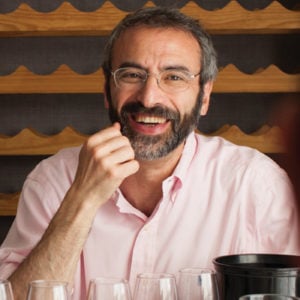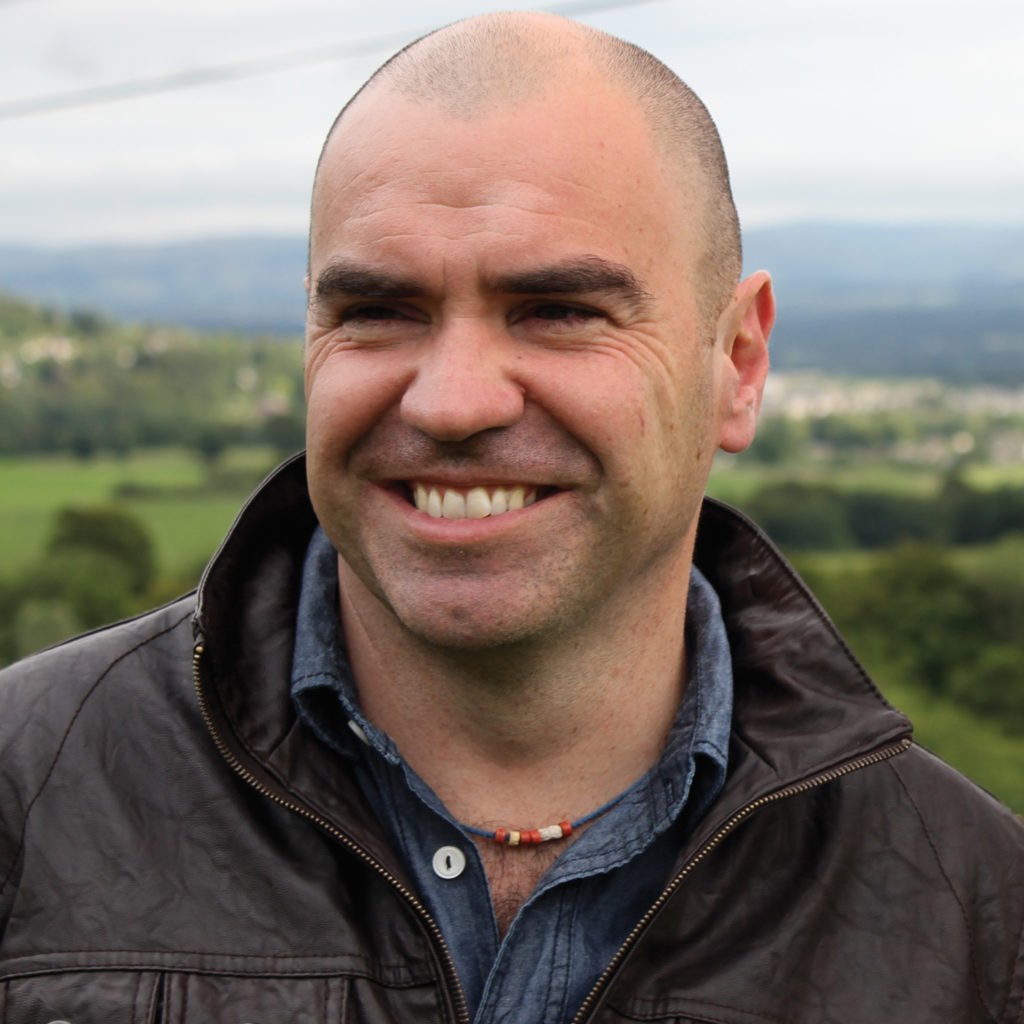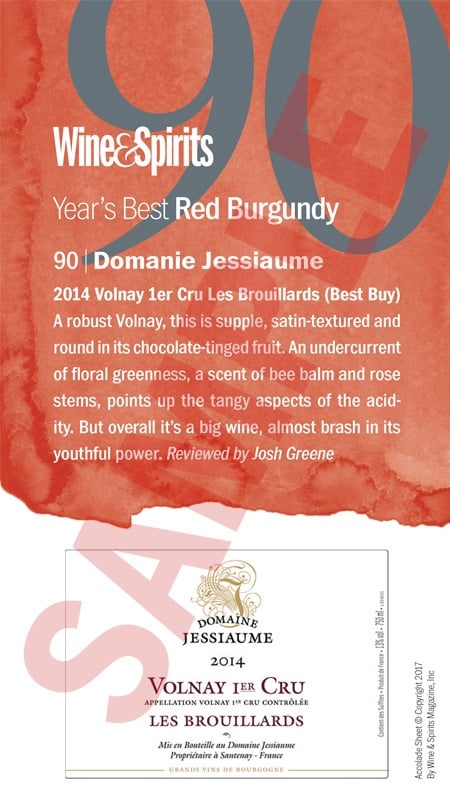The town is called Villálvaro, in the province of Soria, at the easternmost end of the Ribera del Duero. It rises near the headwaters of the river, on the gentle slopes of the Sierra de la Demanda, the mountains that separate Castilla from Rioja. On a sunny day in late…
To read this article and more,
subscribe now.
To continue reading without interruption, subscribe and get unlimited digital access to our web content and wine search.
This story appears in the print issue
of August 2020.
Like what you read? Subscribe
today.
















